Detroit's Beautification Strategy
In 2013, Mayor Mike Duggan promised to blast blight and beautify the neighborhoods. Conservatively, Detroit's blight amounted to 100,000 vacant lots and more than 40,000 structures that the Detroit Blight Task Force determined needed to be demolished ASAP. That's almost 450 million square feet, equivalent to more than 7,500 football fields.
Here is how Detroit, the City Council and the people who stayed transformed the city.
- Enhance Neighborhoods: Remove blight, and support community-driven beautification projects.
- Revitalize Parks and Recreation Centers: A city park within a 10-minute walk of every resident.
- Best-in-Nation Joe Louis Greenway: An award-winning 30-mile, nonmotorized path to connect and elevate communities.
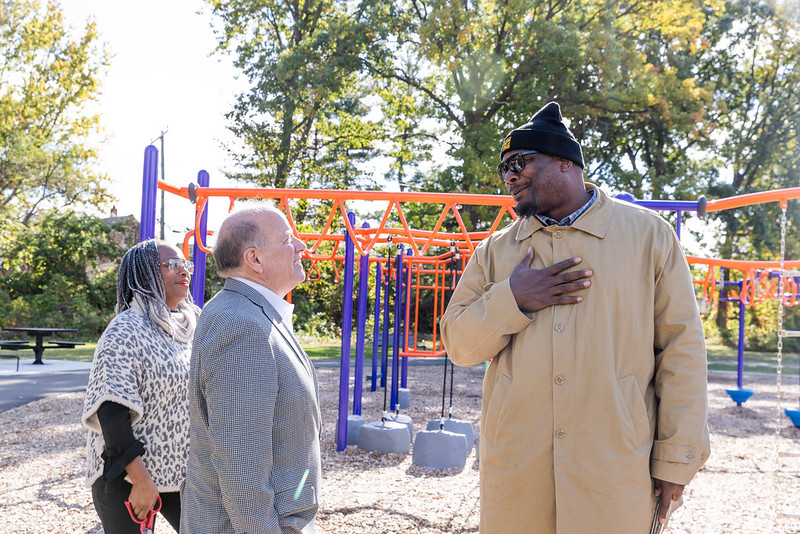
"I grew up playing basketball at this park and I watched my children along with the children of this neighborhood play here. Now with this transformation, I'm looking forward to current and future families to be able to enjoy this park like we did."
How Detroit Went from Forgotten Communities to Beautiful Neighborhoods
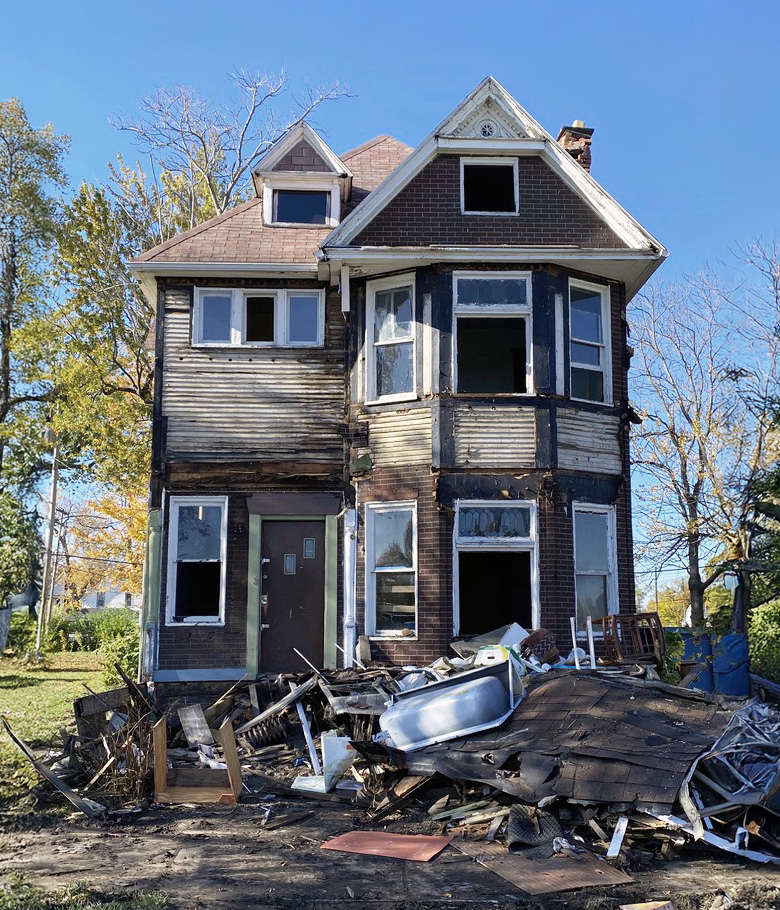
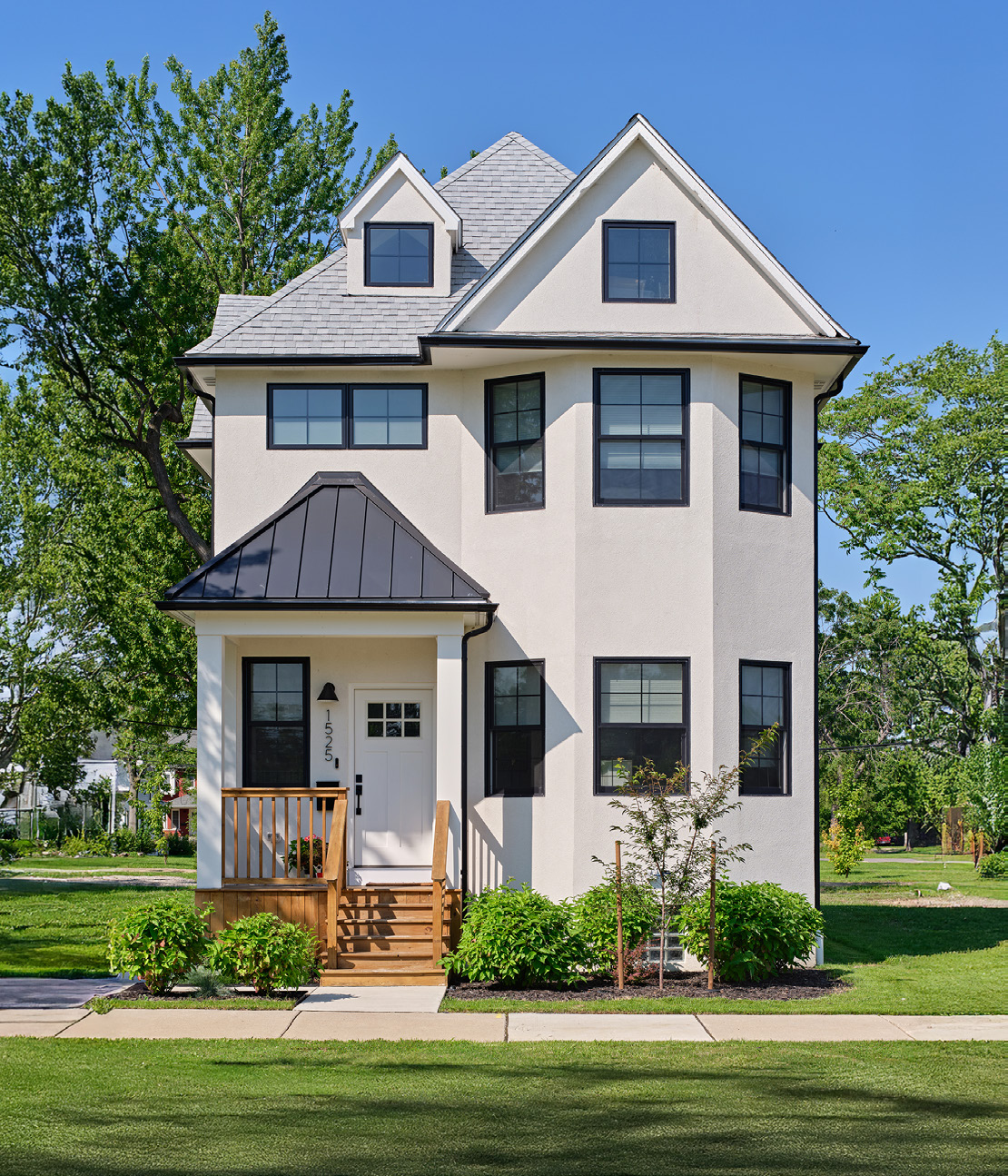
The City of Detroit's anti-blight campaign Blight to Beauty, supports and directs multiple community-specific initiatives such as: Keep Detroit Clean, Motor City Makeover, Streetscapes and Arts Alleys.
The city began an intense beautification program by demolishing unsalvageable structures that were depressing property values. With voter support of Proposal N bonds and federal funds, the City of Detroit demolished 7,934 structures by July 2025. The removal of these structures increased community safety and home values.
Many individuals, block clubs and neighborhood associations were interested in buying some of the 100 vacant lots for various purposes, including mini-parks and gardens.
The Detroit Land Bank Authority played a crucial role in the process and the speed at which the city has addressed these issues after expanding in 2014. Through the land bank, more than 20,000 adjacent side lots were sold to Detroiters at the cost of $100. Neighborhood lots—within 500 feet of the homeowner's property—were sold for $250.
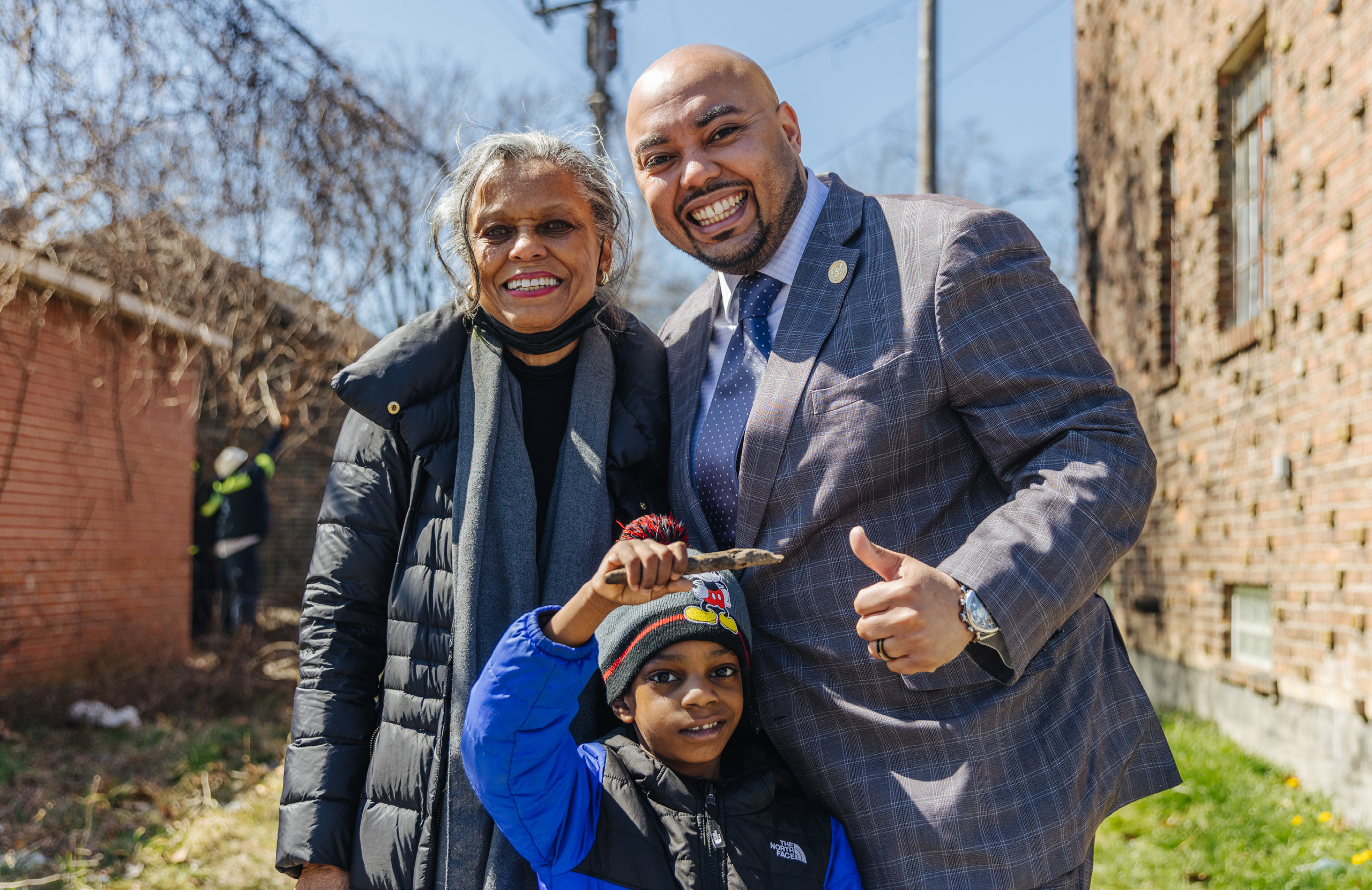
Detroit Dedicates $4.75 Million to Support Community-Led Beautification Programs that Work
Neighborhood Beautification Program
The Neighborhood Beautification Program (NBP) provided grants of $500 to $15,000 to Detroit-based block clubs, neighborhood associations, nonprofits and faith-based organizations. The grants can be used for projects such as community gardens, public space improvements and clean-up activities. Approved groups may apply for projects that use up to a total of four vacant lots. Funded with $4.75 million from the Neighborhood Improvement Fund and the American Rescue Plan Act (ARPA), NBP was established by Detroit City Council President Mary Sheffield in 2022 and is managed in partnership with the Wayne Metropolitan Community Action Agency.
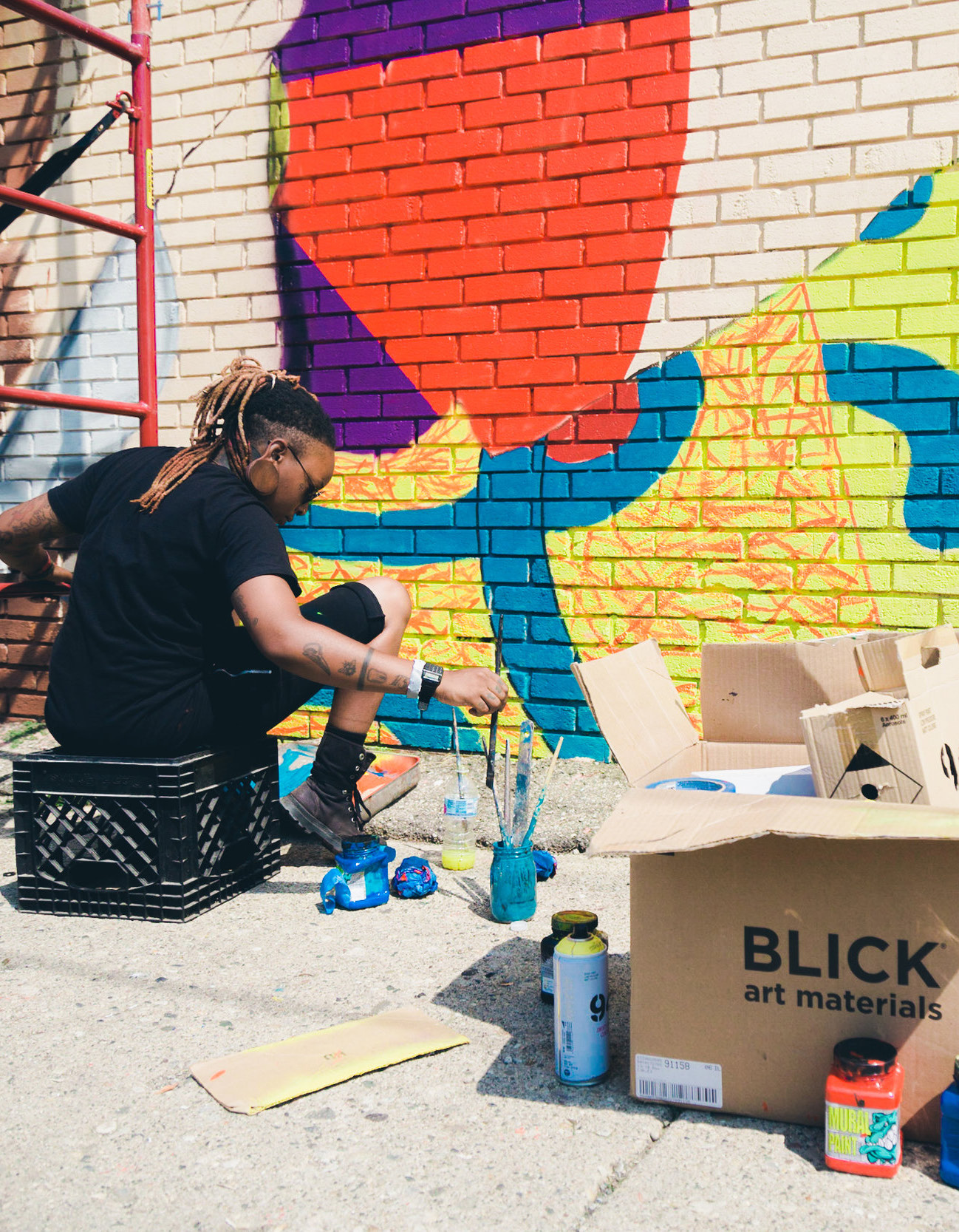
Arts Alley Initiative
A key component of the City of Detroit's Blight to Beauty campaign is the Arts Alley Initiative program. Funded by $3 million in ARPA dollars and with the support of the Detroit Arts, Culture and Entrepreneurship department and the Ford Foundation, the program cleans up and makes alleys suitable community spaces for art exhibitions. The five neighborhoods leading the program are Jefferson Chalmers, Old Redford, Schulze, NW Goldberg and Southwest.
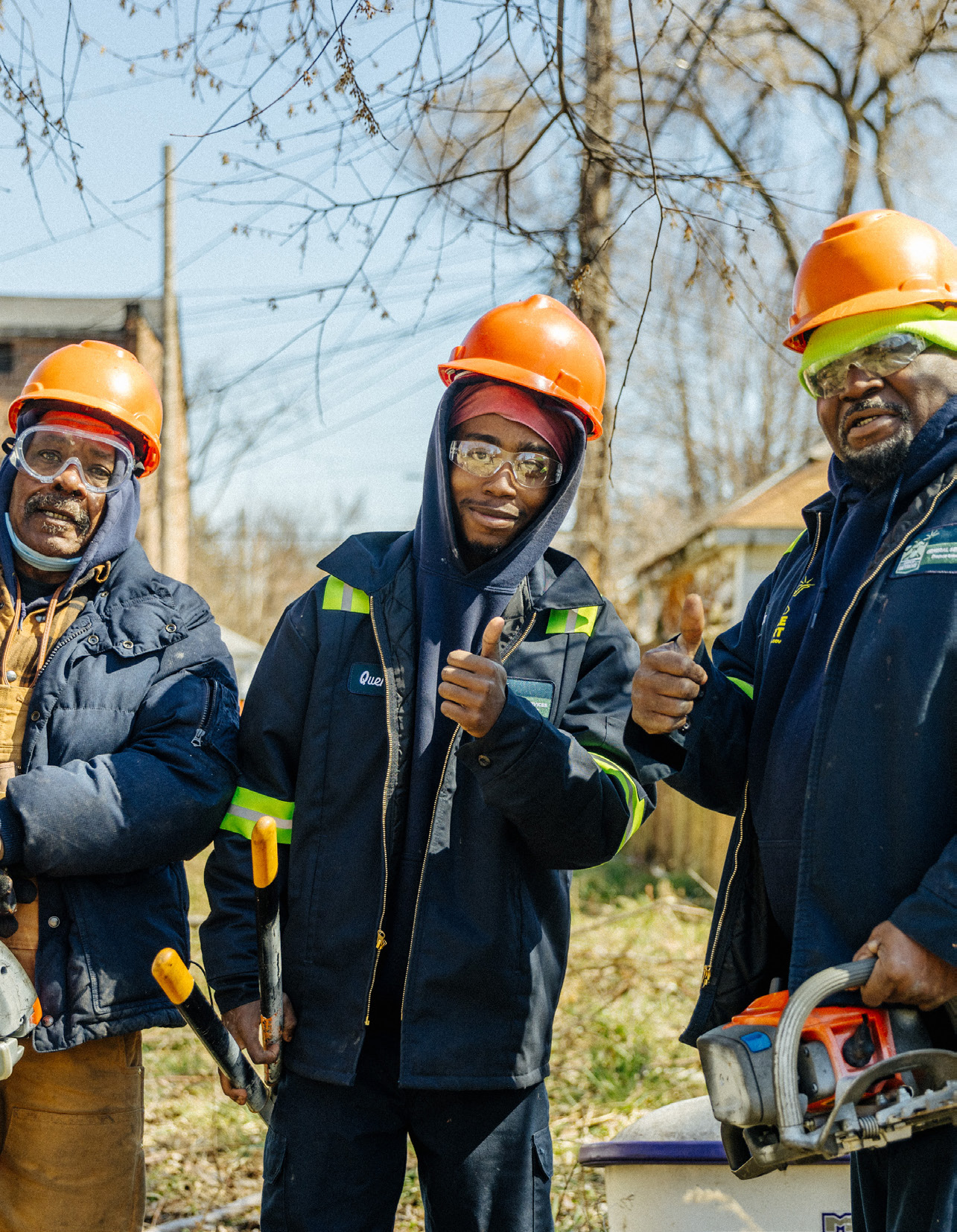
Detroit Streetscapes
The Streetscape Program was designed to make residents and visitors feel welcome on foot, by bike or by automobile by making commercial corridors more attractive and accessible.
Improvements include dedicated left-turn lanes instead of medians, wider sidewalks for café seating, protected bike lanes, updated landscaping and lighting, alley improvements and public art. At least 14 streetscapes have been completed as of April 2025, with more planned in the next year.
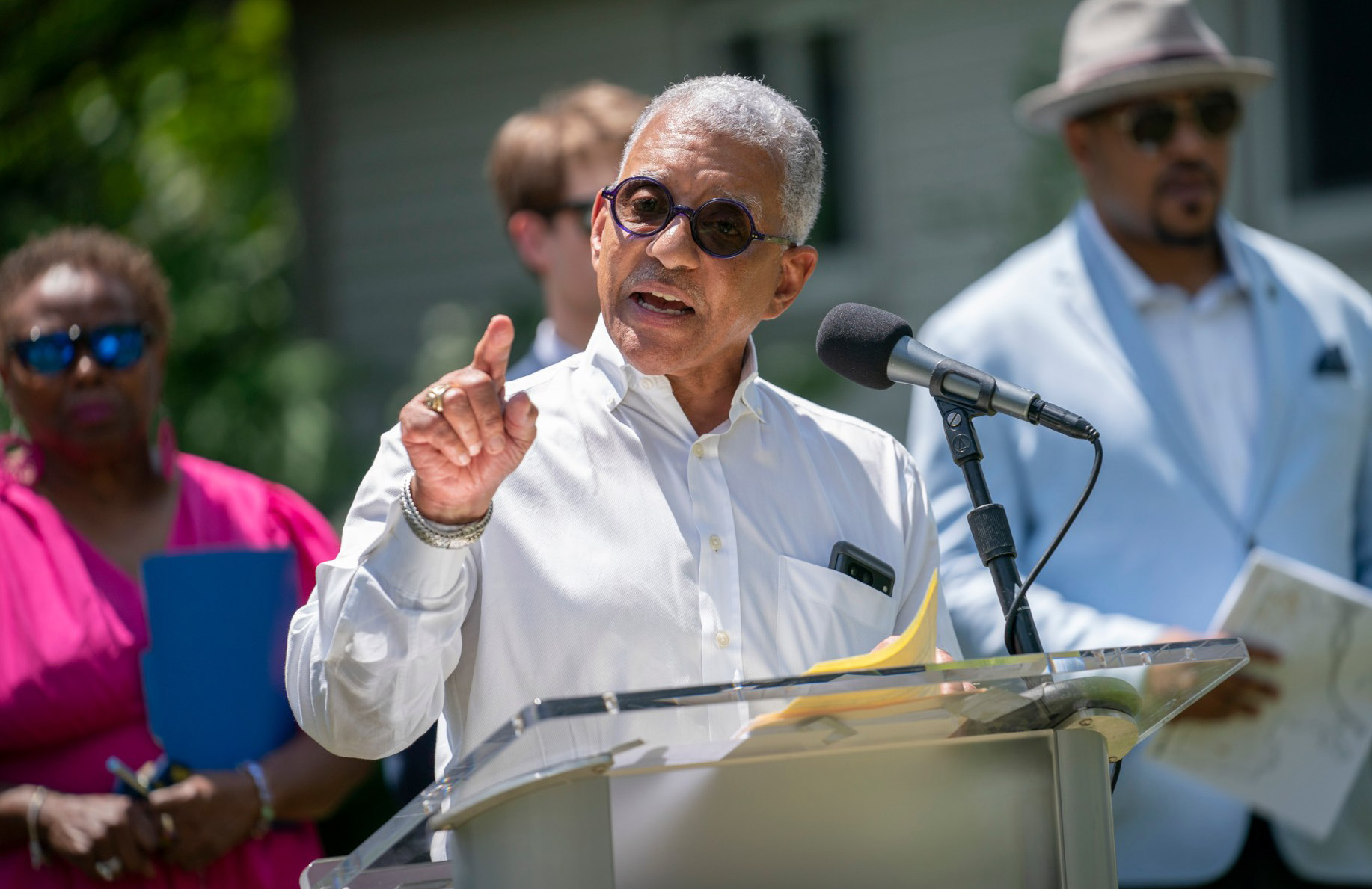
Detroit's Public Parks Go from Defunct to Award-Winning
Detroit's 300-plus public parks cover more than 5% of the city's land area. That's equivalent to more than 3,700 football fields. Their renovation took coordinated effort of more than a half-dozen programs, multiple city departments and community support. As 2014 began, Detroit's parks were in bad shape, with barely half maintained regularly.
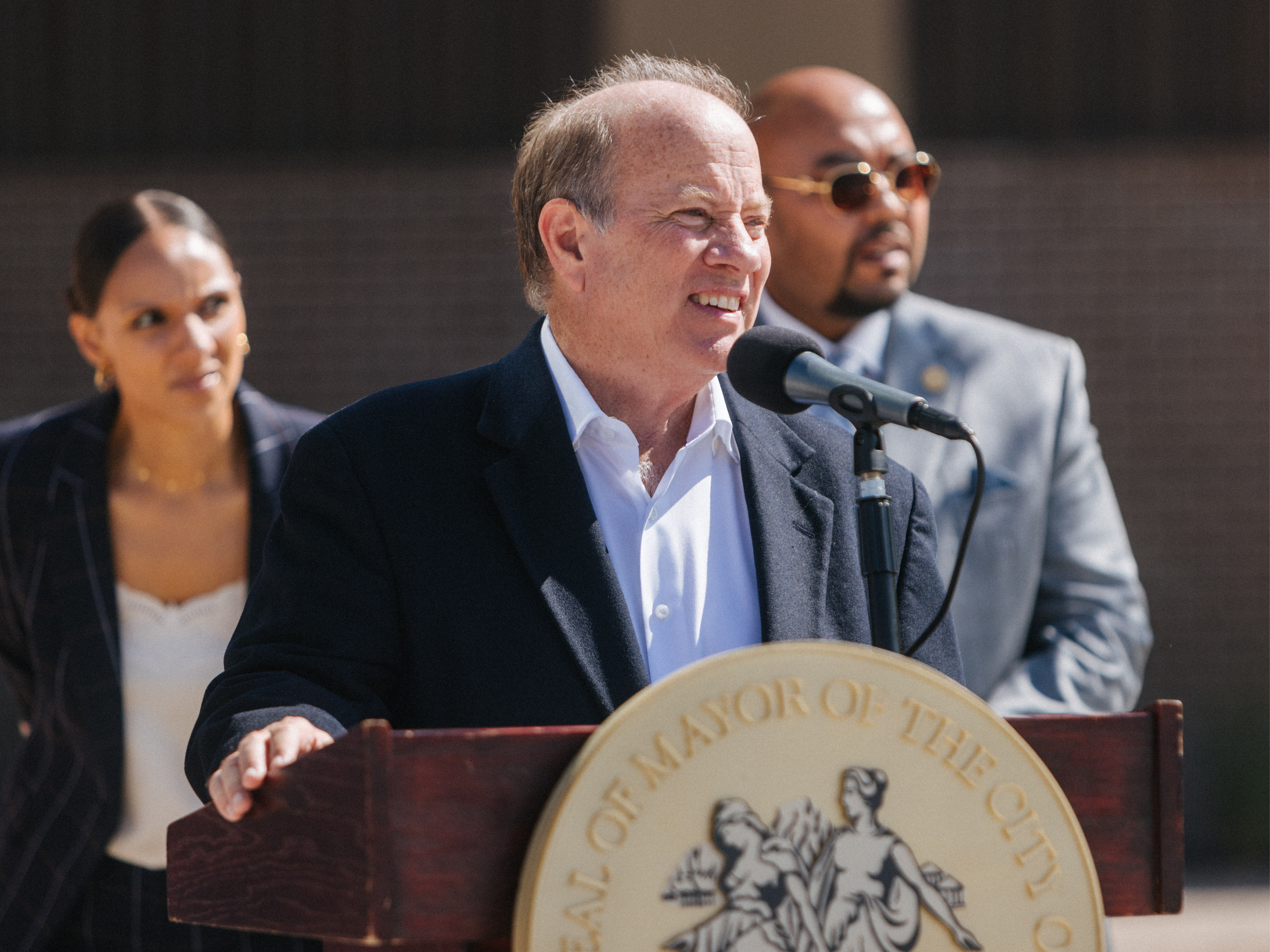
"We said we had 150 open, but realistically, out of 300 parks, we only maintained 25 in a way that they were usable."
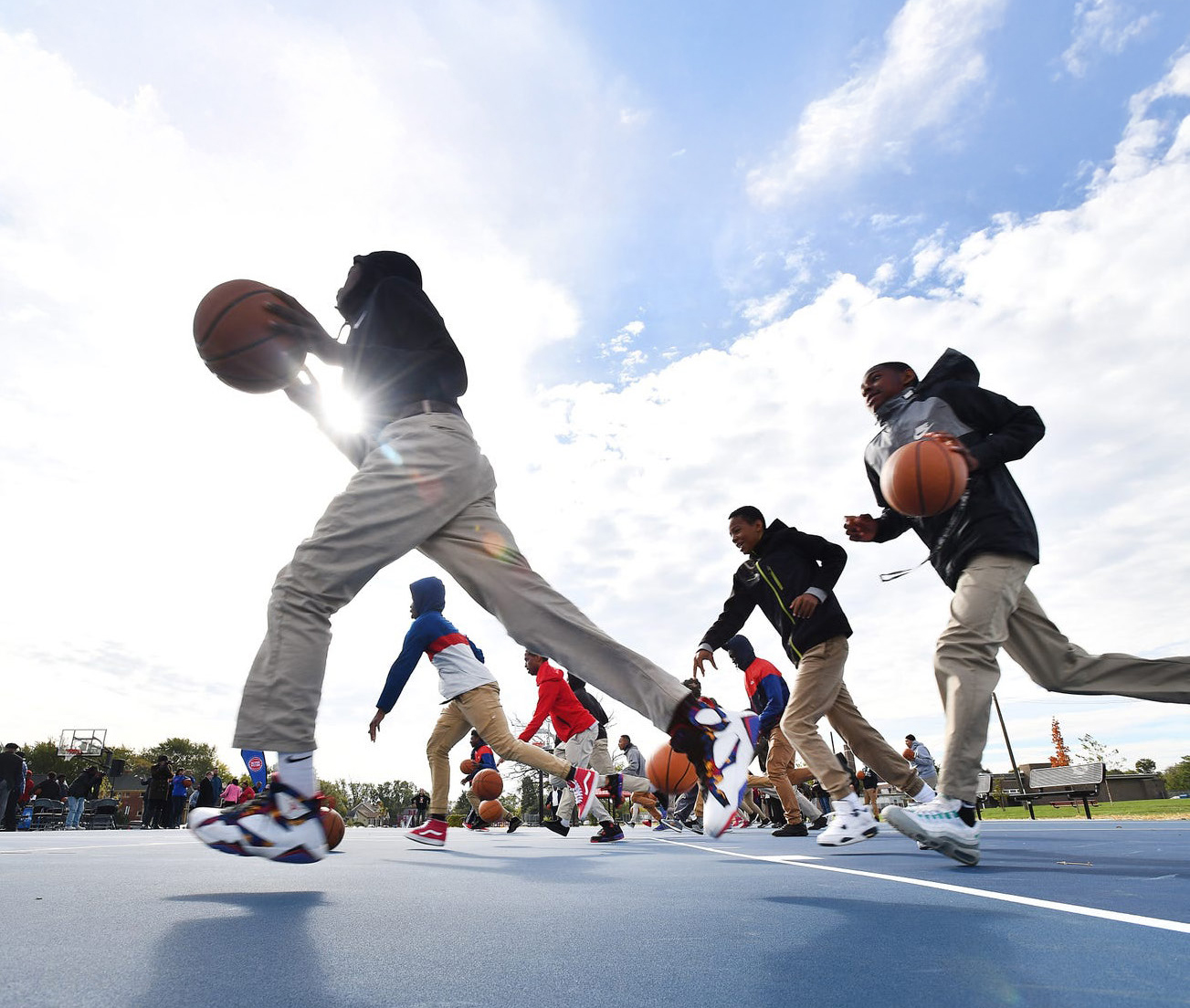
Rouge Park (Northwest Detroit)
In 2019, the Detroit Pistons Foundation, the City of Detroit, the William Davidson Foundation and the Ralph C. Wilson Jr. Foundation launched the "Basketball for All" initiative. As part of this program, they renovated 60 basketball courts across Detroit, including those in Rouge Park.
Beacon Park (Downtown)
Beacon Park won the 2019 Merit Award from the Congress for the New Urbanism for its role in revitalizing downtown Detroit and fostering community engagement through events and green space.
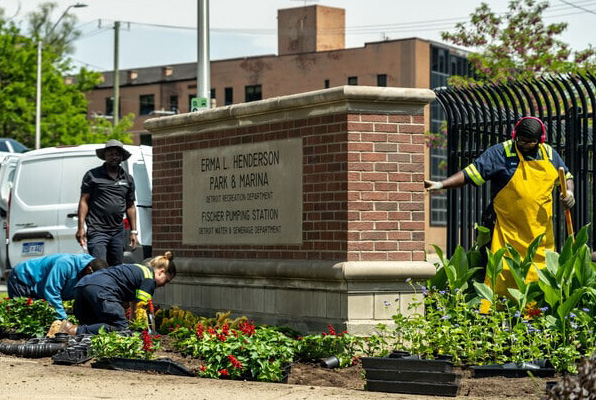
Erma Henderson Park (East Jefferson)
Recognized with the 2022 President's Award from Keep Michigan Beautiful Inc. for its exceptionally maintained gardens and contributions to neighborhood beautification.
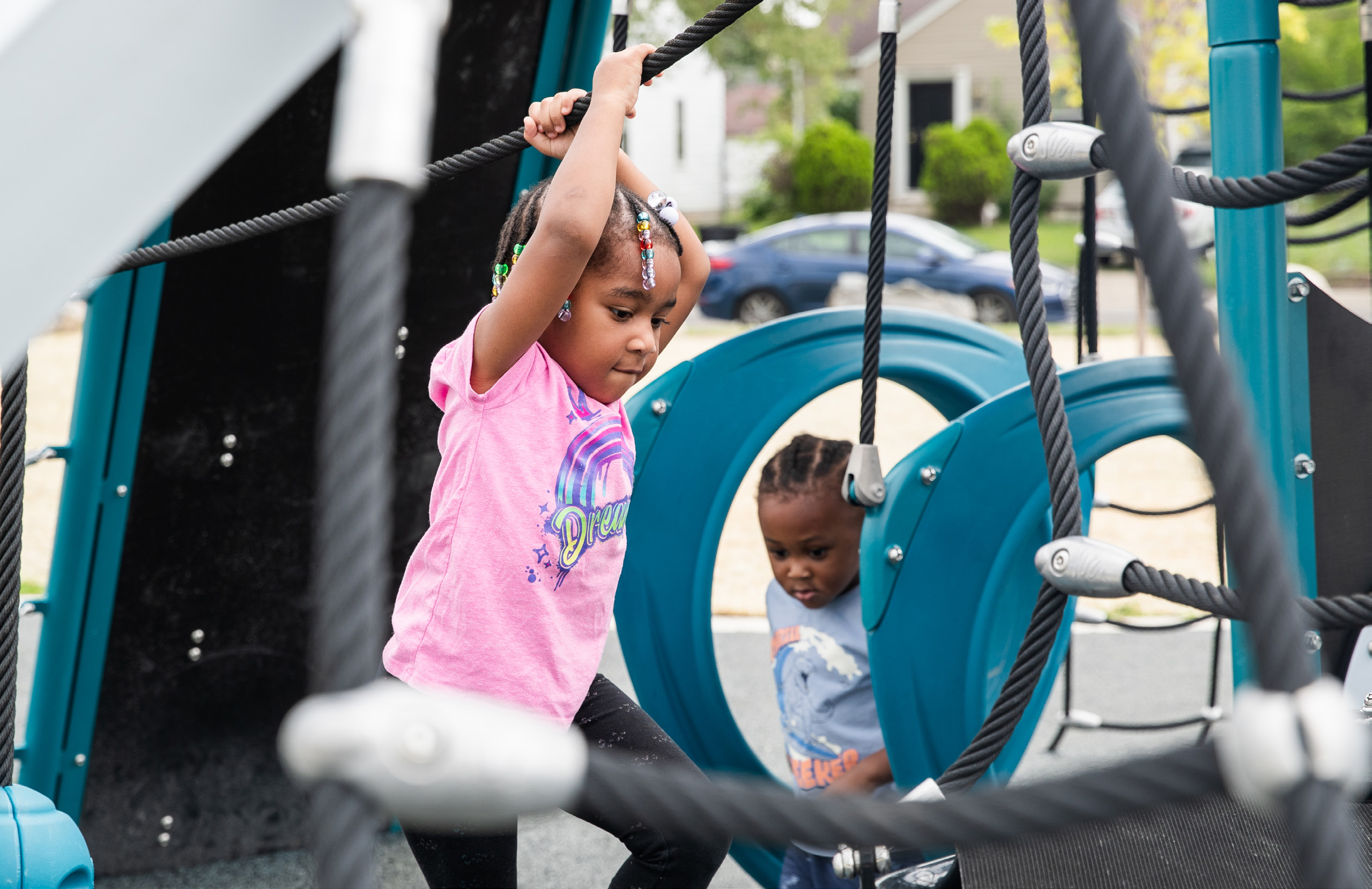
Tireman-Minock Park
In 2024, the City of Detroit transformed a vacant 3.7-acre lot in the Warrendale/Cody Rouge neighborhood into Tireman-Minock Park. The $775,000 project was funded by the American Rescue Plan Act, Huntington National Bank and the Gilbert Family Foundation and includes a playground, walkways, fitness equipment and a picnic area.
A New Plan for Detroit's Parks
In 2016, the City of Detroit office pledged to spend $11.7 million on 40 neighborhood parks to add new equipment, walkways, landscaping and playgrounds by the end of 2017. But to make Detroit's park system do the greatest good for the most people required a new strategy. Planning for its new 10-year strategic plan began in 2020, focusing on scope and equity.
- Maintenance efficiency
- Prioritize parks that are high-use and have populations with the greatest need (youth, seniors, BIPOC, low-income) or health/environment disparities.
- The City of Detroit adopted its Parks & Recreation Strategic Plan in 2022.
- Involve the community
- Ministers and neighbors stepped up to provide their youth with recreation opportunities.
- The Adopt-A-Park program provides grants and resources to community groups to activate and beautify their local park.
- Find partners with similar values
- Corporate partners such as Ford Motor Company, the Lear Corporation and Marathon Petroleum contributed to improve parks and recreation centers. So did the United Auto Workers.
- Local celebrity philanthropists also pitched in, including Detroit Pistons owner Tom Gores' Family Foundation, former Detroit Lions quarterback Matthew Stafford and best-selling author and columnist Mitch Albom.
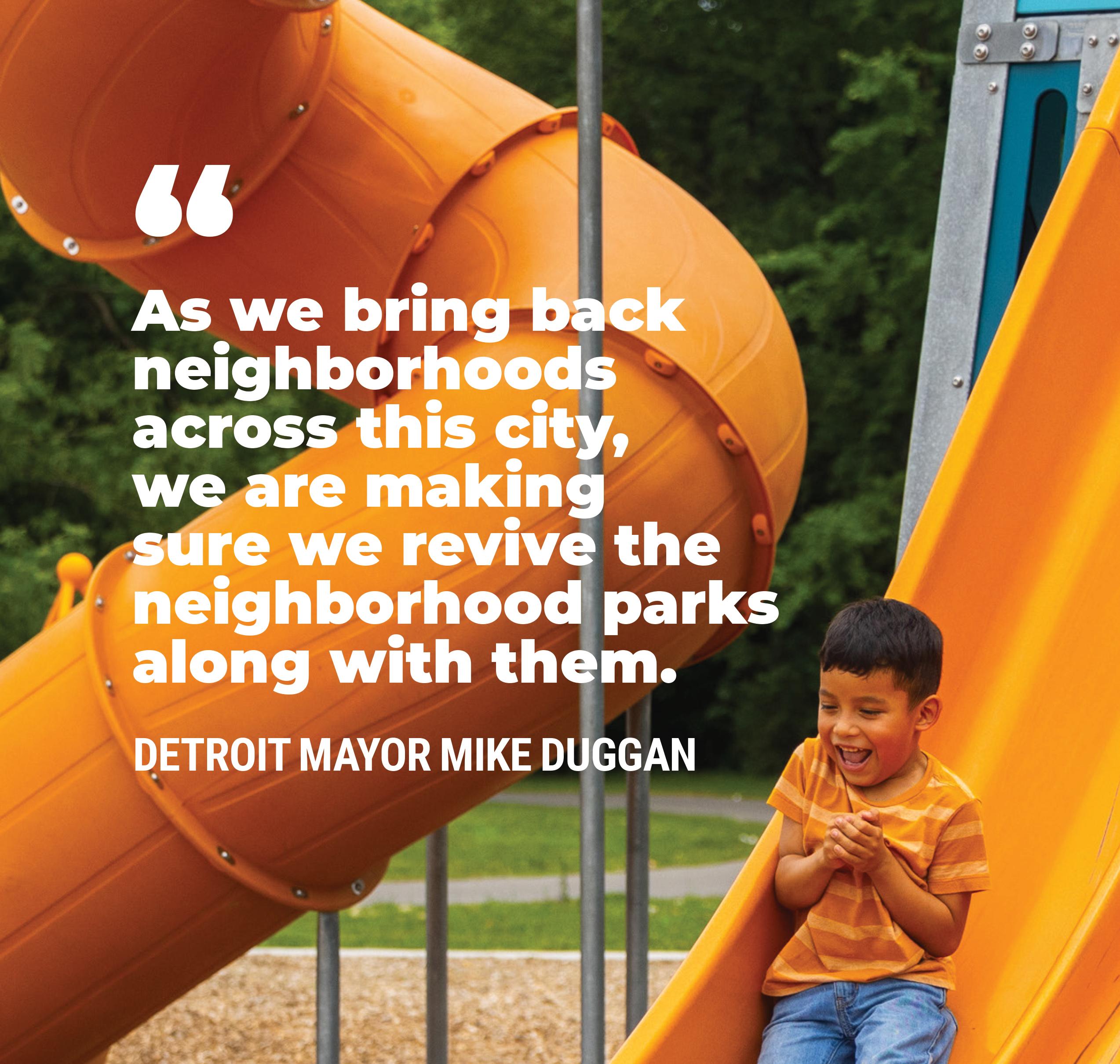
Detroit Renovates and Reopens 16 Recreation Centers
Between the 1980s and 2013, 20 of the city's recreation centers closed, more than any large city in America. Mayor Duggan and the City Council knew how important it was for residents to have access to community activity spaces. So through public, private and federal partnerships, the City of Detroit began renovating, reopening and building 16 recreation centers across Detroit.
The City of Detroit announced a $45 million investment in renovations—$30 million from ARPA, $10 million from city bonds, and $5 million from businessman Roger Penske. Of the 11 new rec center renovations announced in March 2022, eight had already reopened by the end of April 2025. As of May 2025, 13 total rec centers were open.
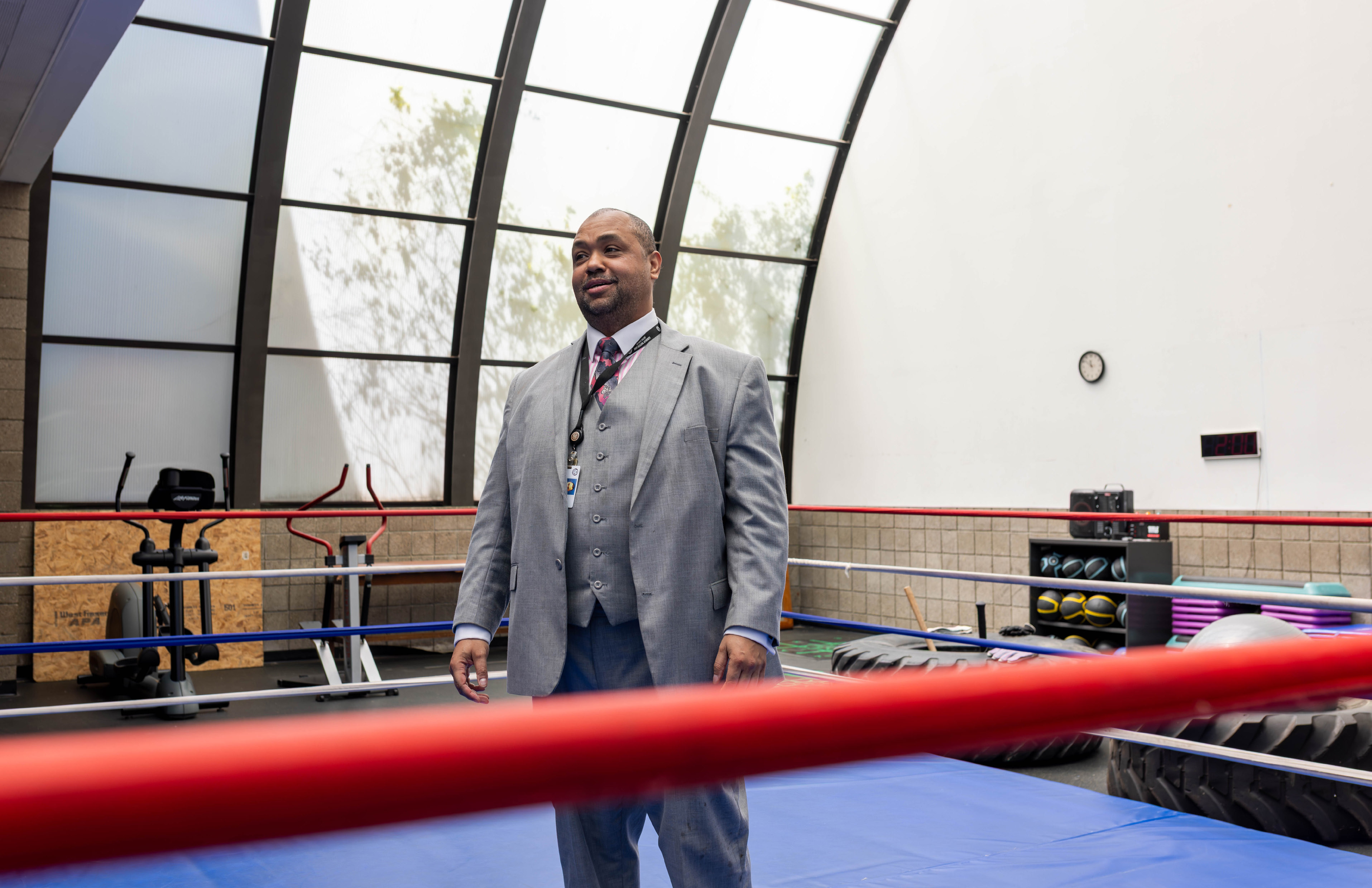
Coleman A. Young Recreation Center
The Coleman A. Young Recreation Center, closed for five years, reopened in May 2025 with $11 million in improvements. The center now includes a swimming pool, a boxing ring and tennis, racquetball and pickleball courts.
Detroit City Councilman At Large Coleman A. Young II tours the newly reopened Coleman A. Young Recreation Center.
The Brewster-Wheeler Recreation Center, shuttered since 2006, is also expected to reopen in summer 2025, with a new Kronk Gym, the landmark Detroit boxing institution responsible for numerous boxing world championships. Kronk founder Emanuel Steward trained at Brewster-Wheeler, as did Joe Louis. Mayor Duggan removed Brewster-Wheeler from the demolition list in 2015 in hopes of finding the right partner to bring this Detroit legacy back to life.
Completed Recreation Center Timeline + Upcoming Projects
- 2015: Detroit Lions quarterback Matthew Stafford and Mitch Albom & the SAY Detroit Play Center. The former Lipke Recreation Center reopened as the SAY Detroit Play Center at Seven Mile and Van Dyke.
- 2018: Marathon Petroleum Corporation & the Kemeny Recreation Center. Marathon donated $2 million towards the renovation and expansion of Kemeny Recreation Center.
- 2025: Coleman A. Young Recreation Center reopened in May 2025 after an $11 million renovation
- Summer 2025: Kronk Gym returns to Detroit at the newly reopened Brewster-Wheeler Recreation Center.
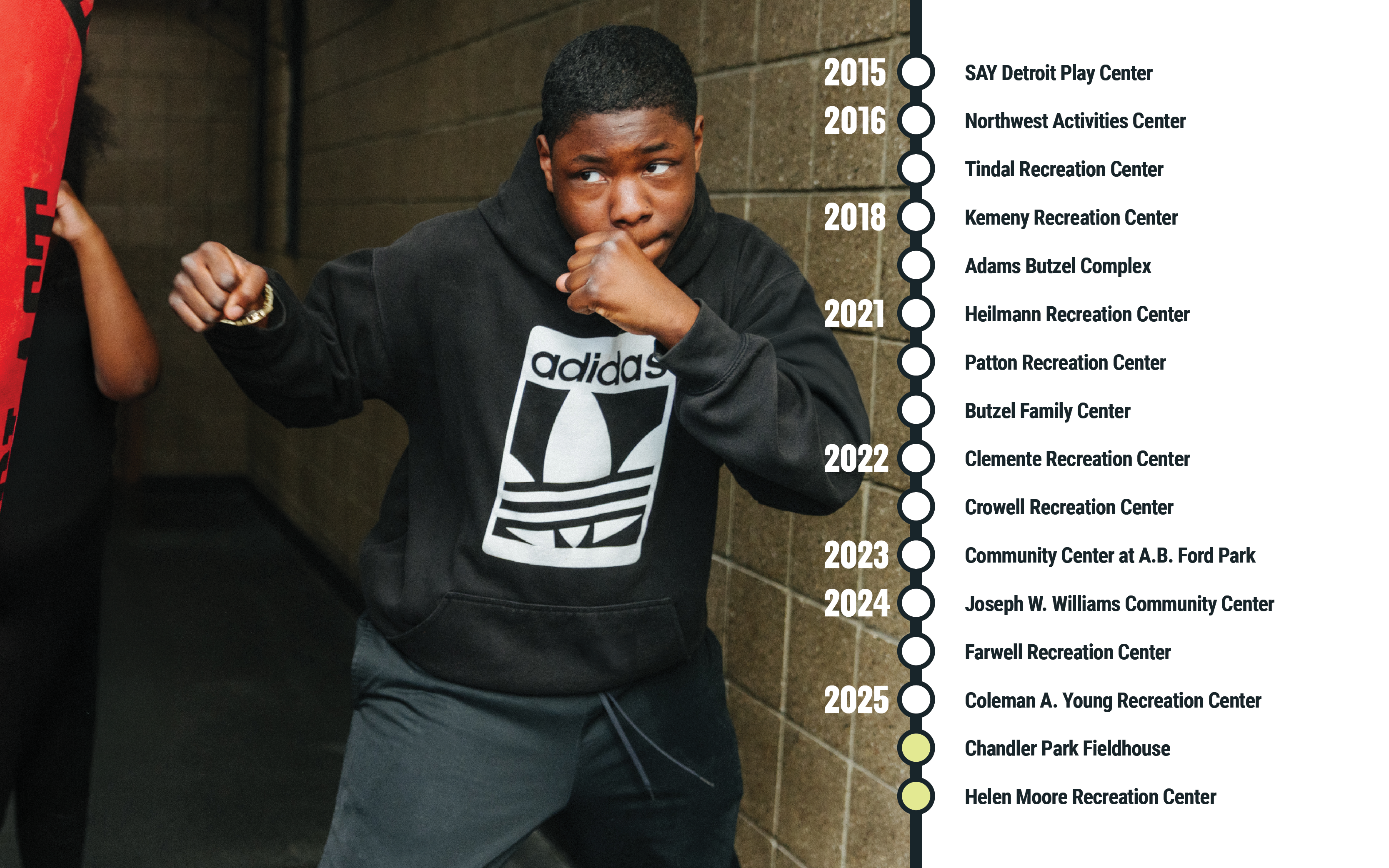
Detroit's Joe Louis Greenway: Beautifying Multiple Communities At Once
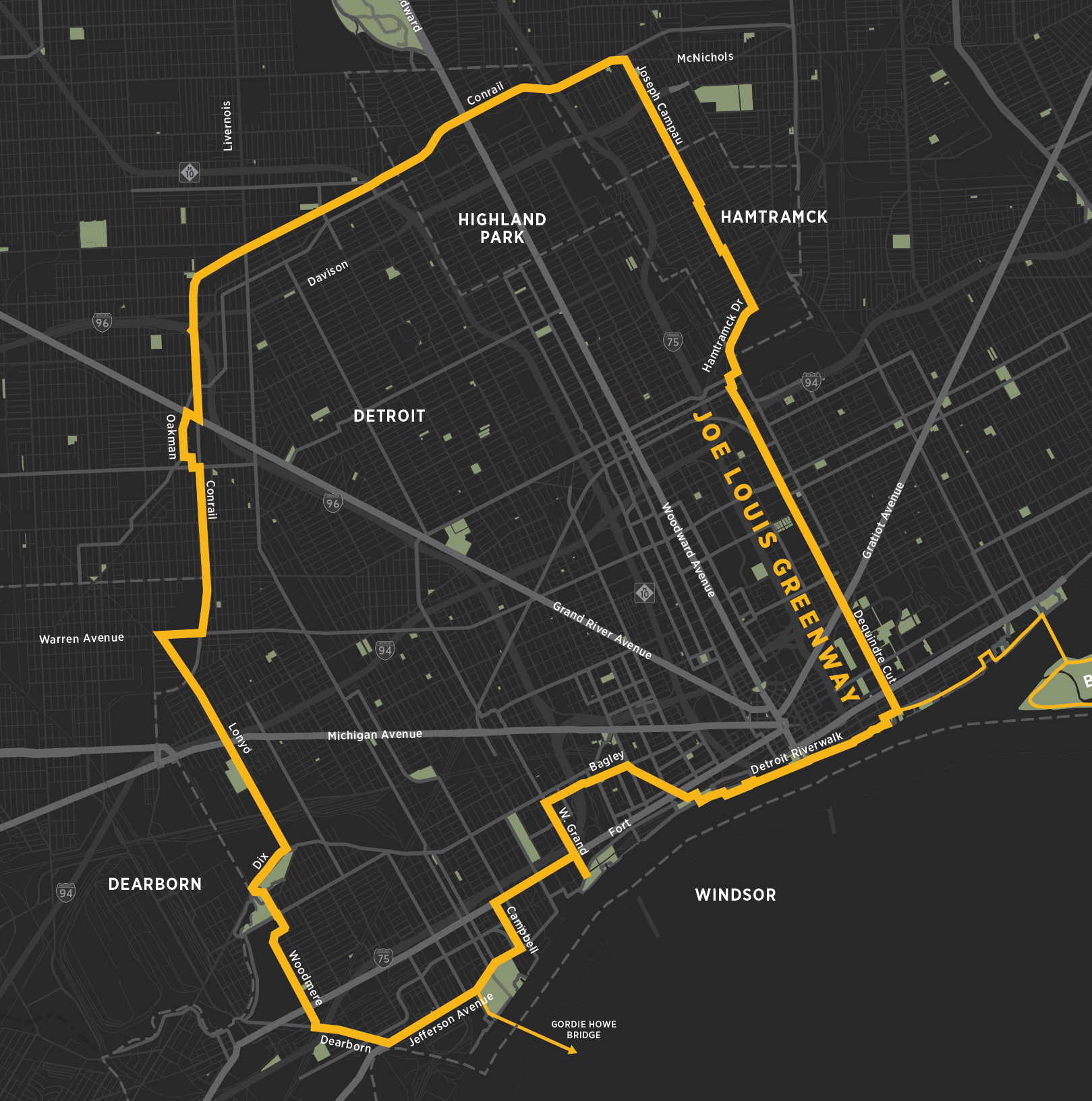
Detroit is becoming a national leader in nonmotorized infrastructure projects with the Joe Louis Greenway (JLG). With the blessing of his family, the greenway is named for Detroit boxing heavyweight champion, Joe Louis (1937 to 1949). The greenway exemplifies the Brown Bomber, with an almost 30-mile-long path, which will be one of the largest greenway projects in the U.S. When complete it will link 23 neighborhoods, the award winning riverfront and the neighboring cities of Hamtramck, Highland Park and Dearborn. It is transforming blighted and abandoned industrial spaces into walking paths, parks and expanded bike lanes. It connects major community arteries such as the Dequindre Cut, the Detroit RiverWalk, the Southwest Greenway, the Underground Railroad Bicycle Route and the Iron Belle Trail.
Detroit Listens to the Needs of the Neighborhoods
During the JLG framework planning process, City of Detroit officials held 14 public meetings and engaged with residents at 44 neighborhood events for community input. The Joe Louis Greenway Partnership will continue community engagement after completion as well.
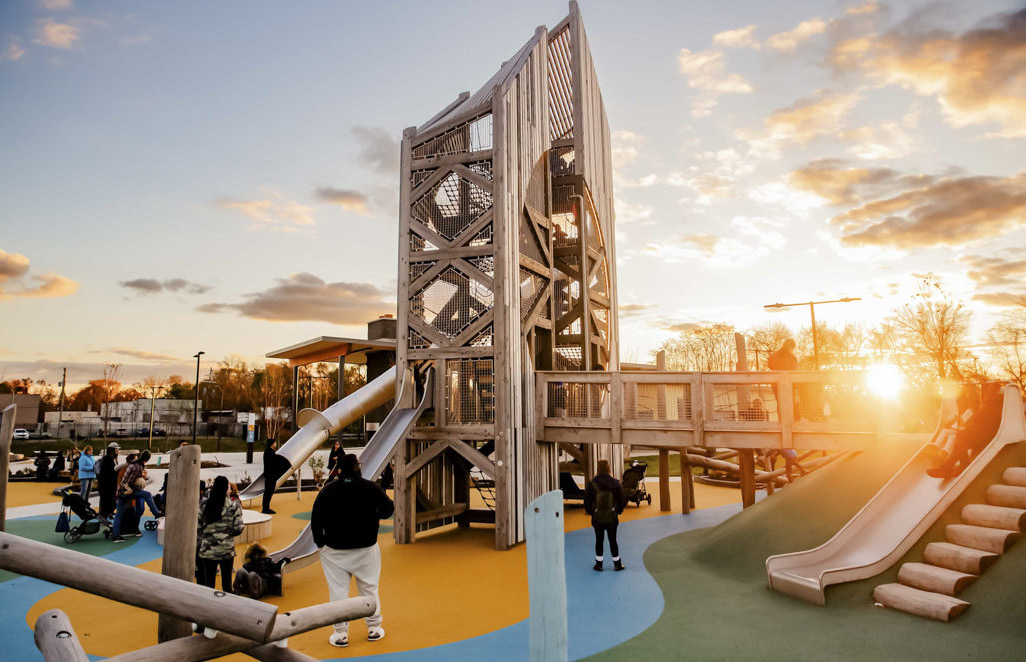
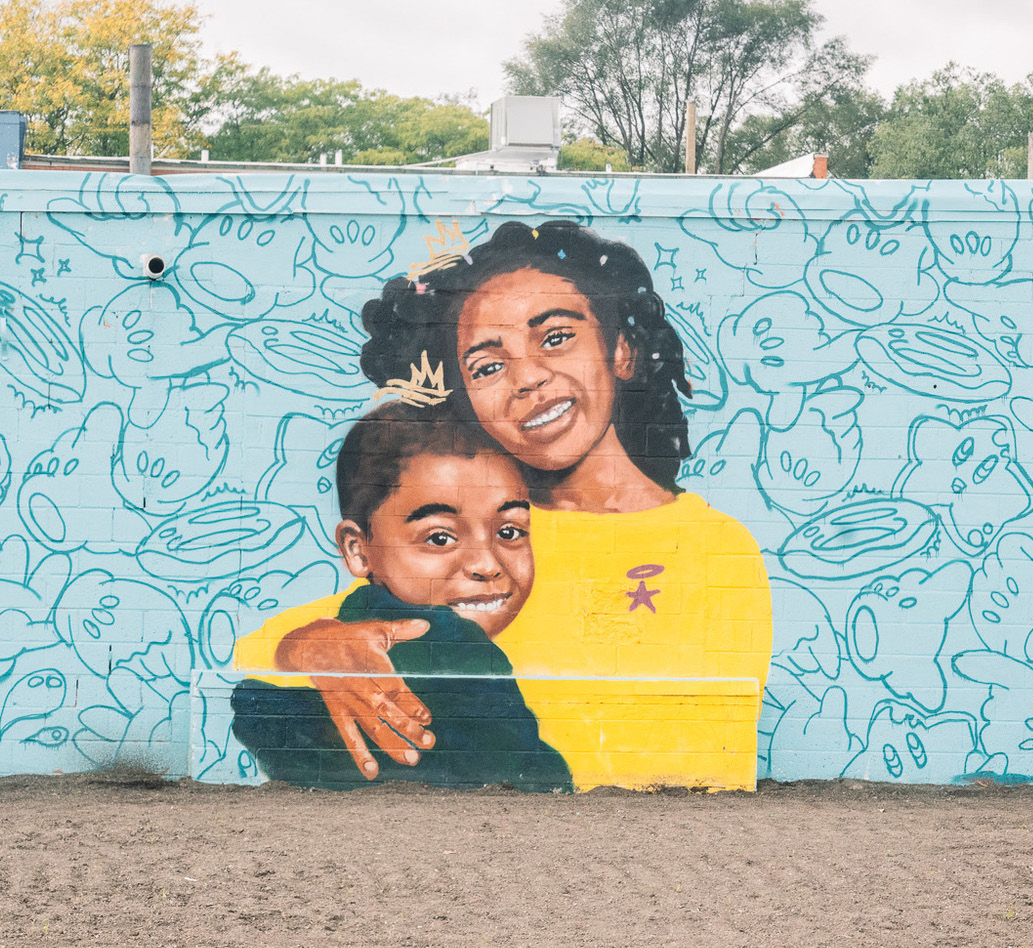
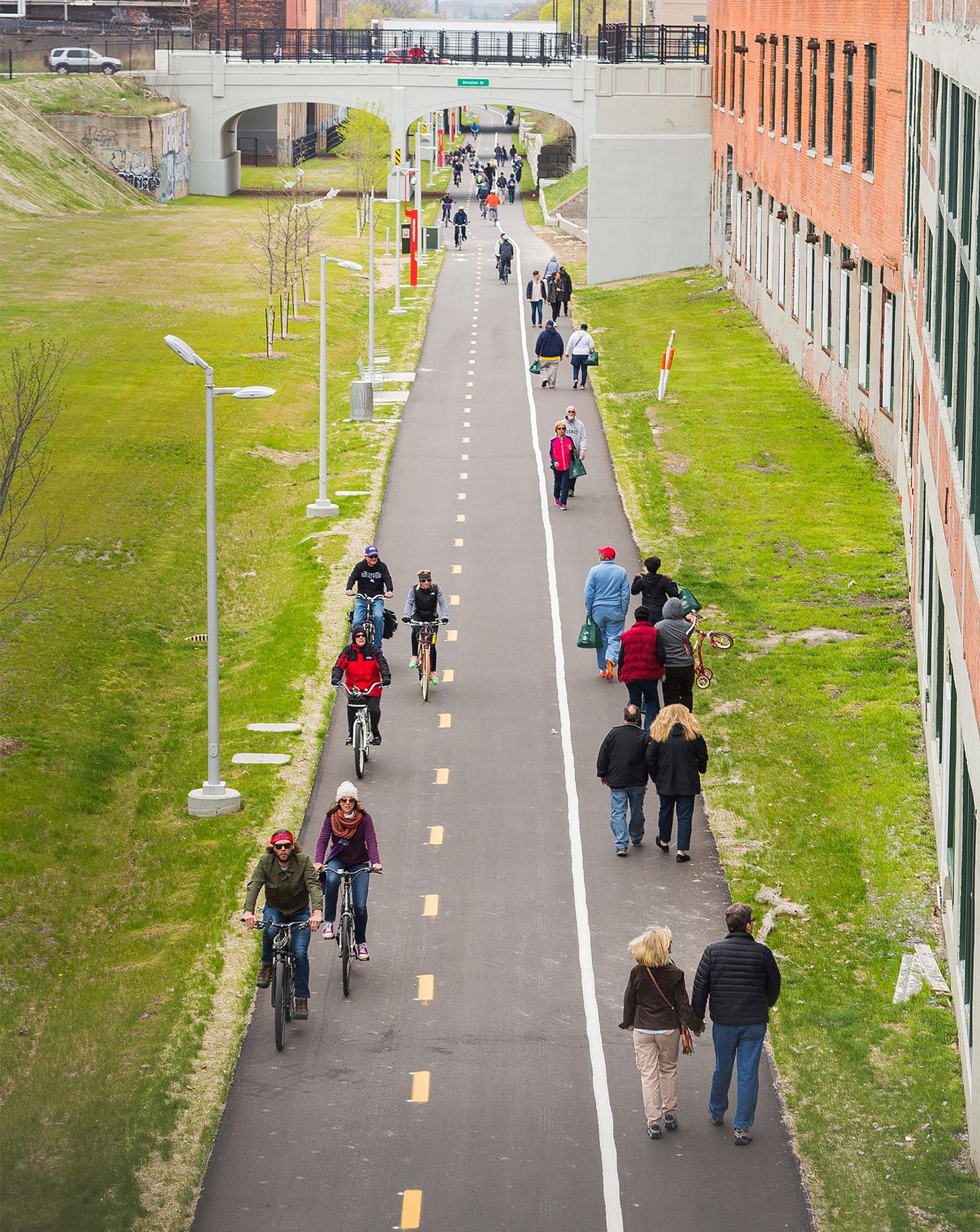
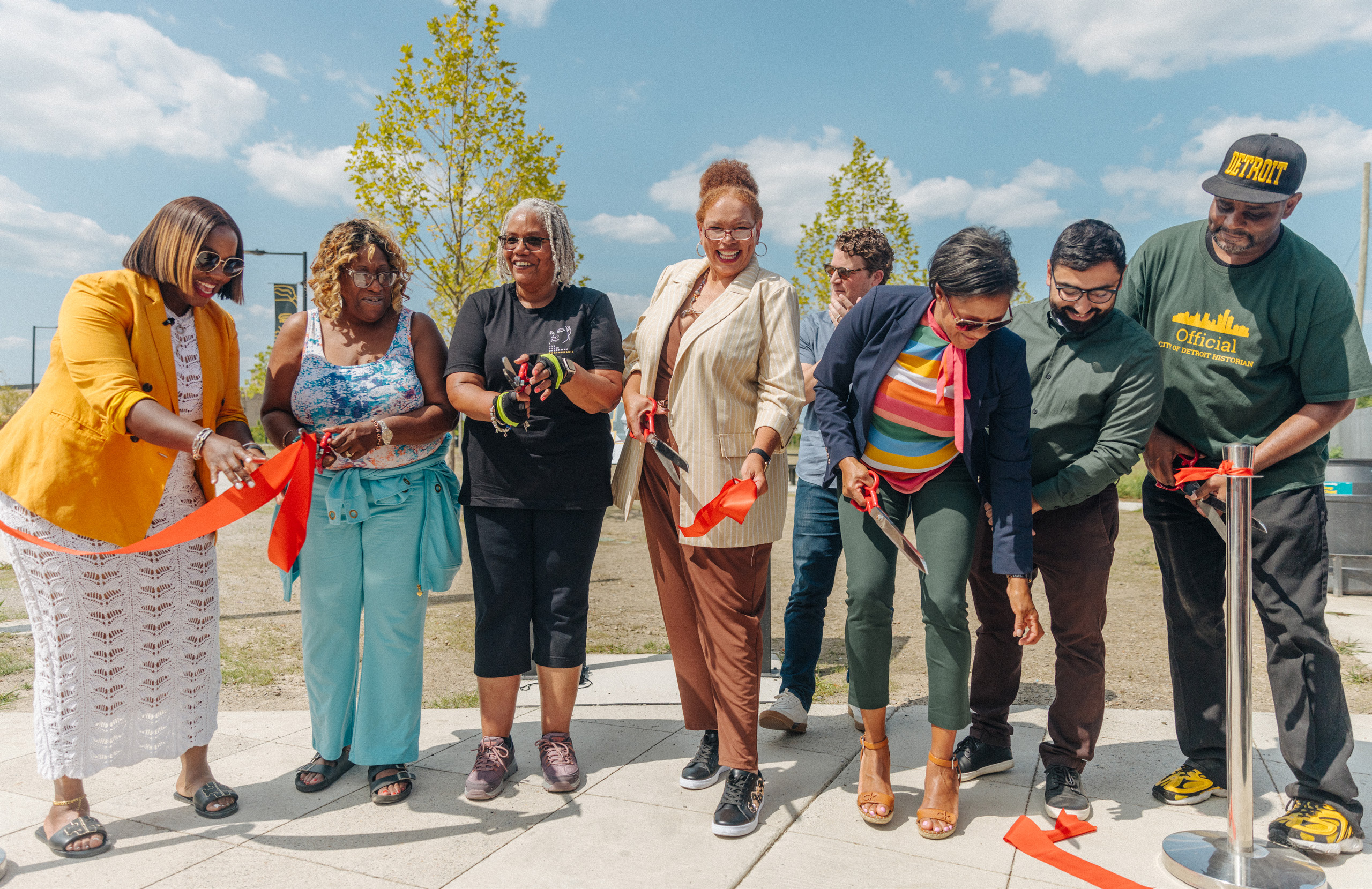
Greenway Program Timeline
Detroit's journey from 2001 to 2025
-
2001GreenWays Initiative LaunchCommunity Foundation launched GreenWays Initiative for nonmotorized transportation.
-
2002Railway Corridor AssessmentRails-to-Trails identifies abandoned corridors for public trails.
-
2003Riverfront PlanningDetroit Riverfront Conservancy begins planning 5.5-mile RiverWalk.
-
2004Downtown Master PlanBicycle lanes included in Downtown Transportation Master Plan.
-
2005First Bike LanesDetroit opens first dedicated bike lanes on Belle Isle.
-
2006400 Miles VisionNon-Motorized Master Plan calls for 400 miles of bike lanes.
-
2007RiverWalk OpensFirst segment opens. Inner Circle Greenway forms. 13 miles of bike lanes.
-
2009Dequindre CutGreenway Network Vision developed. First mile of Dequindre Cut opens.
-
2013Iron Belle TrailState announces trail from Detroit's Belle Isle to Wisconsin.
-
2014Rouge Park PoolBrennan Pool reopens after $5.5 million renovation.
-
2015SAY Play CenterFormer Lipke Rec Center opens with Stafford and Albom partnership.
-
2016Recreation CentersDequindre Cut extension. Northwest Activities and Tindal Centers reopen.
-
2017Joe Louis GreenwayCity purchases 8-mile Conrail corridor. Renamed from Inner Circle.
-
2018Kemeny CenterReopens after $9.5M renovation with Marathon Petroleum funding.
-
2021Greenway BeginsJoe Louis Greenway construction starts. Adams Butzel and Patton reopen.
-
2022Major ReopeningsHeilmann, Butzel Family, Clemente, and Crowell Centers reopen.
-
2023Warren GatewaySouthwest Greenway and Warren Gateway Park open. Community Center opens.
-
2025Brennan CenterConstruction begins with $20M from Gores Family Foundation.
Blight to Beauty is not just a slogan for the City of Detroit. It's a game plan: get rid of the houses that were beyond repair, rehab the ones that aren't, clean up the vacant lots, celebrate our neighborhoods' histories, reopen and improve the parks and rec centers and connect them all with a walkway/bike path from the riverfront to Detroit's borders.
With the help of public and private money and effort, Detroit already has made an amazing transformation and it's not finished yet.